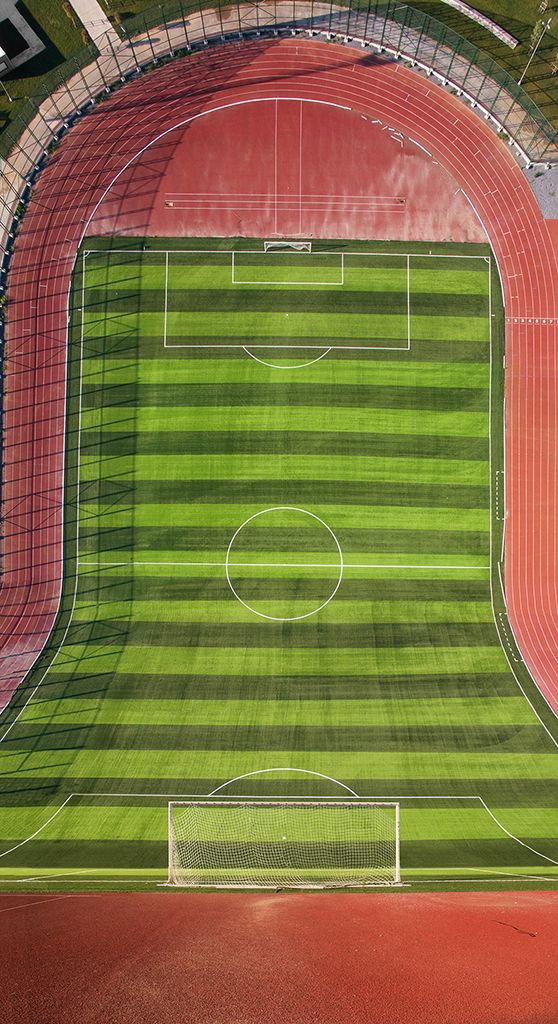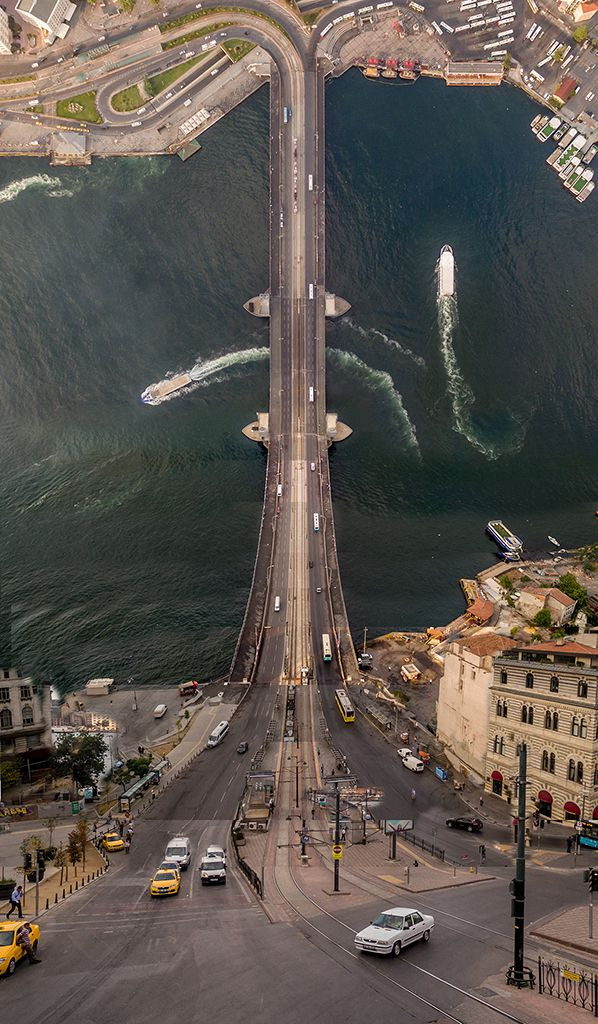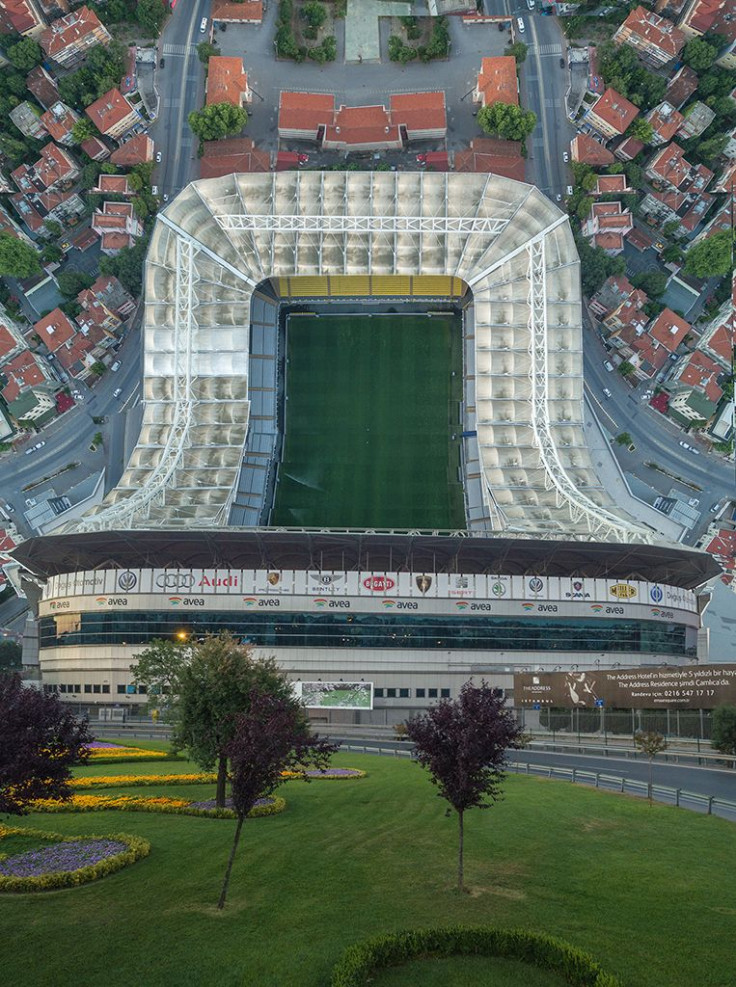Drones have a reputation for capturing images of places and things from perspectives we never thought possible. But take a Turkish artist gone drone enthusiast with a penchant for sci-fi and you get a gorgeous and mind-bending photographic project that stretches the dimensions of reality.
In his latest aerial photography series, “Flatland,” artist Aydın Büyüktaşb brings a stunning tribute to the classic multi-dimensional novel, Flatland: A Romance Of Many Dimensions. The project features photographic collages of the beautiful city of Istanbul – but with an unexpected twist.

Painstakingly knitting together thousands of photographs from various perspectives captured via drone technology the end product is a trippy collection of mind and space bending collages allowing viewers to see the subject both from the top and front all at once. Because of the specific curve through which the artist has sewn the photos together, looking at them makes you feel like a skateboarder preparing to go down an epic ramp made of manipulated locations in Istanbul.

Aydın Büyüktaşb implementation is perfection and took months to bring to life.
“I began planning Flatlands in a 3D software so I could create the smooth curves I wanted in the collage,” the artist told iDigitalTimes. “I took thousands of 3D renders and had to re-photograph many times to get the right perspective and light. Waiting for the right weather was also challenging.”
While using the drone ultimately making the project possible, the technology also posed its own set of challenges for the project.
“Many times I had to turn back without a pictures at all because of a technical problem, issues with permission to fly the drone or birds attacking it.”

Büyüktaşb first got the idea for his Flatland project in 2006 when he was reading Hyperspace, a book about parallel universes, time warps and extra dimensions by the theoretical physicist Michio Kaku . In the book, Kaku used multiple examples from Edwin Abbot’s Flatland: A Romance of Many Dimensions , which got Büyüktaşb thinking about how to bring new dimensions into his own work.
“I was impressed by the fact the book was written in 1884, yet exemplified our difficulties with comprehending the interconnection of dimensions and the inter-dimensional transition,” said Büyüktaşb.
But Büyüktaşb’s fascination with other dimensions didn’t start with reading Kaku’s book. The artist had long been a fan of science fiction writers like Isaac Asimov and H.G. Wells whose works opened his mind to multiple possibilities beyond what we perceive in day-to-day life.
“These books made me question issues such as wormholes, black holes, parallel universes, gravitation, bending of space and time… I became obsessed by the question of if a black hole occurred on the place we live, how it would bend the space, time and place.”
Büyüktaşb’s interest in other dimensions eventually led him to leave his studies in Tourism Management at Bilkent University and explore the world of visual effects and animation. As he built his skill in the field he soon discovered he could make the “surreal places” from his childhood dreams a reality.
Though Büyüktaşb initial delivered Flatland as a physical set of collages, the format didn't cause viewers to experience the project in the way he had hoped.
“With the analog collages, people focused on the crafting, not the dimensions. But the dimensions are the subject of Flatland.”

Switching to a digital format allowed Büyüktaşb to shift viewers’ focus from the physical nature of the work to its intersecting dimensions. With it, Büyüktaşb hopes viewers will be prompted to pause and notice features of the locations featured, which might otherwise be ignored.
“We live in places that most of the times don’t draw our attention though these places transform our memories. Artists can give another dimension to these places; a dimension where the perceptions that generally cross our minds will be demolished and new ones will arise. These works aims to leave viewers alone with surprising visuals that offers ironic, multidimensional and romantic points of view.”
With the success of this first work, Büyüktaşb plans to continue build the project further to include locations in Germany, England, China and the US.
To learn more about Büyüktaşb and his work visit his official website at or like his Facebook Page .














![[EG April 19] Best 'Stardew Valley' Mods That Will Change](https://d.player.one/en/full/226012/eg-april-19-best-stardew-valley-mods-that-will-change.png?w=380&h=275&f=955520b8313253ee3c39c791f6210f38)



